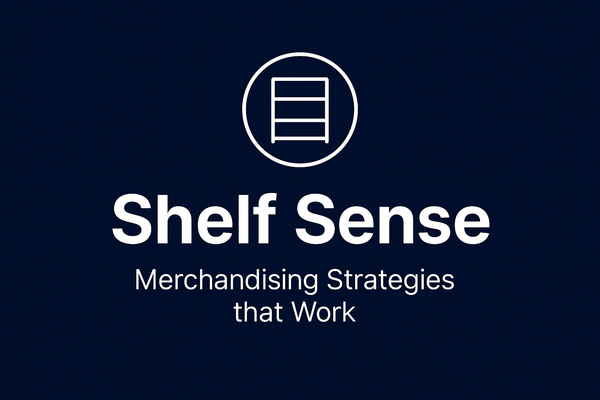Upselling vs. Suggestive Selling in Convenience Stores
Unlock the secrets to boosting sales and customer satisfaction in your convenience store through effective upselling and suggestive selling techniques.

Howdy, folks! Let's talk about two powerful sales strategies that can significantly impact your bottom line: upselling and suggestive selling. Now, I know what you're thinking – "Aren't they the same thing?" Well, not quite, my friends. While they're both aimed at increasing transaction value, there's a subtle yet crucial difference between the two.
Upselling: The Art of Enhancing the Customer's Purchase
Upselling is all about encouraging your customers to upgrade or add complementary items to their original purchase. It's like saying, "Hey, since you're already getting that tasty burger, why not make it a combo and add some fries and a drink?" You're offering them a chance to enhance their experience and get more bang for their buck.
But here's the key – upselling isn't about pushing products on people; it's about understanding their needs and preferences. By actively listening and observing their behavior, you can identify opportunities to provide added value and make their visit even more enjoyable.
Suggestive Selling: Introducing Complementary Products
Now, let's talk about suggestive selling. This technique is all about recommending additional items that complement the customer's original purchase. It's like saying, "Since you're grabbing that six-pack of beer, how about some chips and salsa to go with it?"
Effective suggestive selling requires a deep understanding of your product offerings and how they can be combined to create a more enjoyable or convenient experience for the customer. It's about anticipating their needs and making their lives a little easier.
Key Takeaways
Alright, let's recap the essentials:
- Upselling focuses on encouraging customers to upgrade or add premium versions of their original purchase.
- Suggestive selling introduces complementary products or services that enhance the customer's overall experience.
- Both techniques require active listening, observational skills, and a deep understanding of your customers' needs and preferences.
- Successful upselling and suggestive selling should enhance the customer's experience and provide added value, not come across as pushy or sales-driven.
- Continuously train your team on product knowledge, effective communication, and the art of reading customer cues to maximize the impact of these techniques.
Now, I know what you're thinking – "But Mike, how do I strike the right balance and avoid coming across as too pushy?" Well, my friends, it's all about reading the room and tailoring your approach to each individual customer.
Some folks might appreciate a more direct upsell, while others might prefer a subtle suggestion. The key is to pay attention to their body language, tone, and overall demeanor. If they seem receptive, go for it! But if they seem disinterested or in a hurry, back off and let them be.
And remember, these techniques aren't just about boosting sales; they're about creating a superior customer experience that fosters loyalty and drives repeat business. So, let's get out there and start mastering the art of upselling and suggestive selling, shall we?
Are you ready to empower your team with the skills and knowledge to leverage these powerful techniques effectively, driving revenue growth while delivering exceptional customer service?





